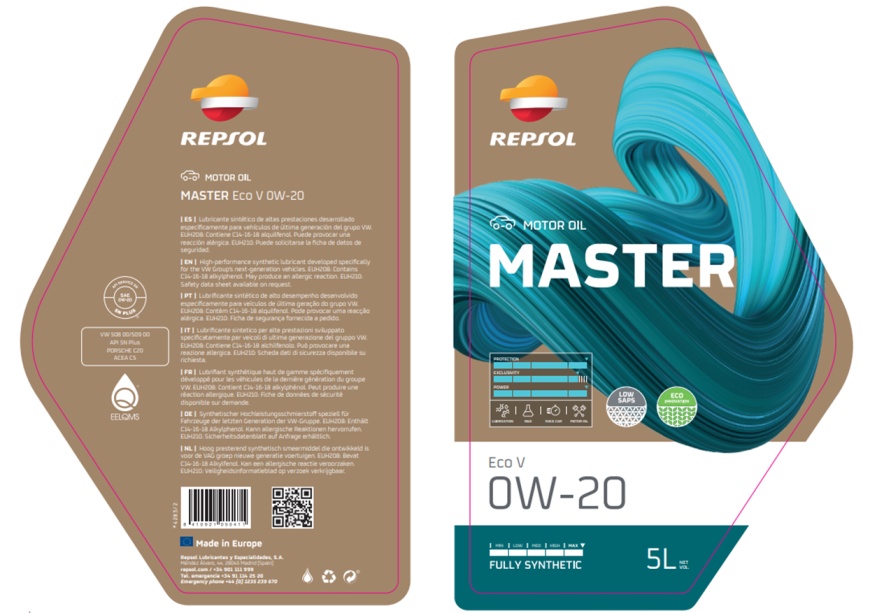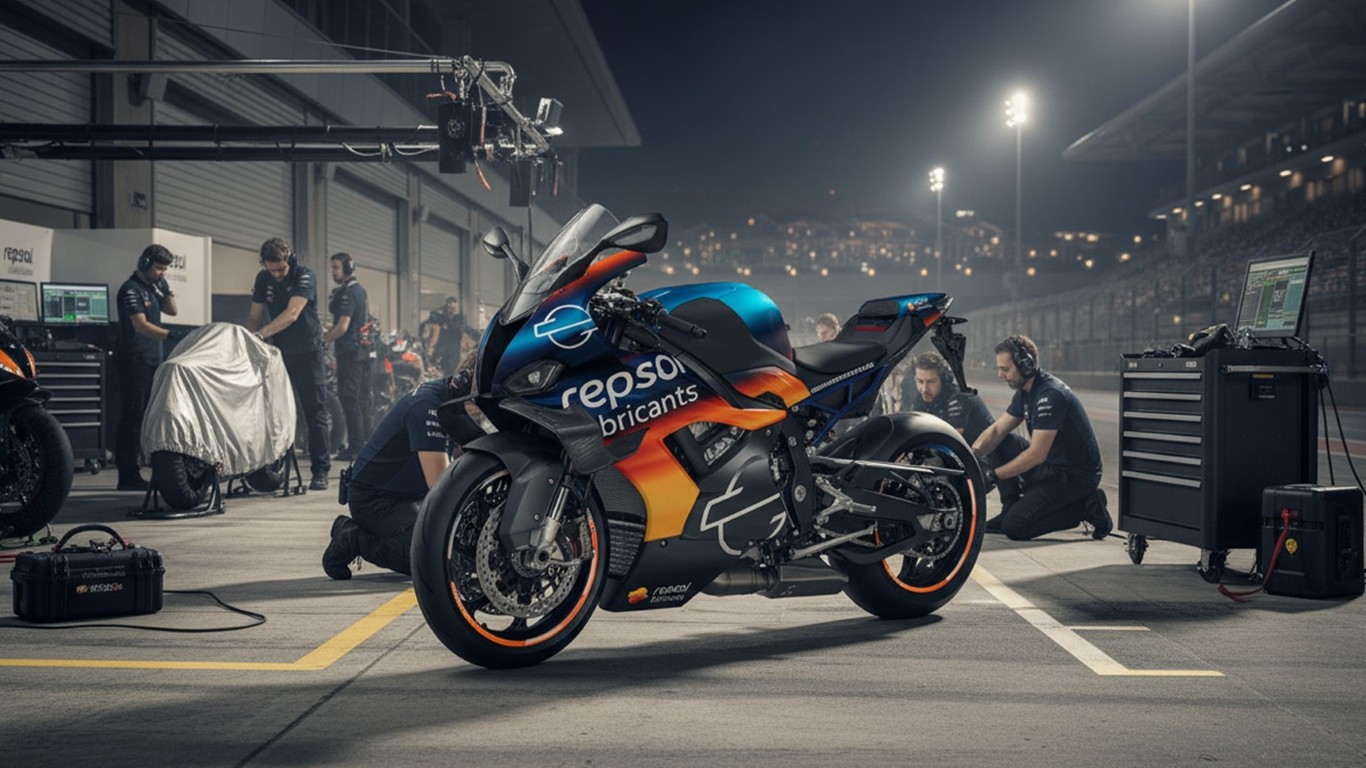How to read lubricant oil labels
.webp)
Choosing the right lubricant for your vehicle is crucial to its performance and longevity. The engine oil label is not just a detail, it contains key information that can directly affect your engine's health. But do you know how to read it?
It's something that may seem complicated at first, but with this guide you'll be able to understand the lubricant label and make informed decisions to ensure the best care for your vehicle.
Information on the front label
On the front label, you’ll find essential information such as the brand, lubricant type or container capacity. This information will give you a quick overview to see whether the oil is suitable for your engine. It usually shows if it's a mineral, semi-synthetic or synthetic lubricant.
SAE code: performance at different temperatures
The SAE code (Society of Automotive Engineers) indicates the oil's viscosity according to norm SAE J300 and is essential in understanding how it behaves under different temperatures. The first thing you should take into account is whether it's a monograde or multigrade oil; i.e., whether they are designed to operate at a single specific temperature or if they can do so efficiently over a range of temperatures, which is most common.
In the case of monogrades, the code is accompanied by a number, which indicates the viscosimetric grade, the temperature at which they can operate optimally, and in some cases, the letter W, which refers to Winter.
For example, SAE 5W would indicate that it can work at very low temperatures from -30ºC, as it has greater fluidity and allows the car to be started in conditions without affecting the engine. If it's a higher figure, such as SAE 20W, the viscosity will be higher and it is designed to operate at higher temperatures, from -15ºC.
The SAE codes of multigrades are made up of two numbers separated by the letter W. The first number indicates the viscosimetric grade, the minimum temperature it can operate at, while the second indicates the viscosimetric grade at 100ºC.

Information on the back label
API standards and approvals
On the back label, you can find the "API donut", which indicates the oil quality based on American Petroleum Institute (API) standards. This symbol surrounds the SAE code and provides additional information.
The first letter (S for gasoline engines, C for diesel engines) indicates the suitable engine type of the oil, while the second reflects the vehicle generation they were developed for.
The letter N and subsequent letters are used in alphabetical order on the lubricant label for latest generation engines (manufactured from 2011), while J to N are used for quality (vehicles from 1996 to 2011). Ranges from A to E and F to H identify obsolete lubricants, although in the first case they are also considered potentially harmful, as they were designed for vehicles from 1930 to 1978.
ACEA norms and other certifications
The European Automobile Manufacturers' Association (ACEA) provides another layer of certification. Firstly, this standard is distinguished by a letter that identifies the engine type:
- A. For gasoline.
- B. For diesel.
- C. For engines with exhaust gas treatment systems.
Then, a number is added that indicates the oil quality. For example, ACEA A3 or ACEA B4 represent the highest quality oils for gasoline and diesel engines, respectively.
Manufacturer approvals
On the back label you can also find the manufacturer's approvals, which certify the oil has been tested and approved for use in certain vehicles or operating conditions.
Other relevant information
Generally, on the back of the packaging you can also find relevant information about each lubricant:
- Safety Data Sheet, which highlights the most important characteristics for the product's handling or storage, such as flammability or toxicity.
- QR code to redirect to the product's technical data sheet.
- Manufacturer information, with its main data, as well as personal and environmental assistance telephone numbers in cases of accidents with the product.
- Recycling pictograms. They indicate that the packaging uses recycled plastic, it can be recycled, and that the used oil is collected to avoid environmental pollution.
- Bar codes, which are used to identify the country and company. They are very useful for incorporating the price of each container into the purchase collection systems in establishments.
How to know what lubricant you need
If you have any doubts about which lubricant to choose, remember that you can use the search engine on the Repsol Lubricants portal, where you can find the right product for your vehicle by simply typing in the license plate or model name. Your engine will thank you!
Related content




